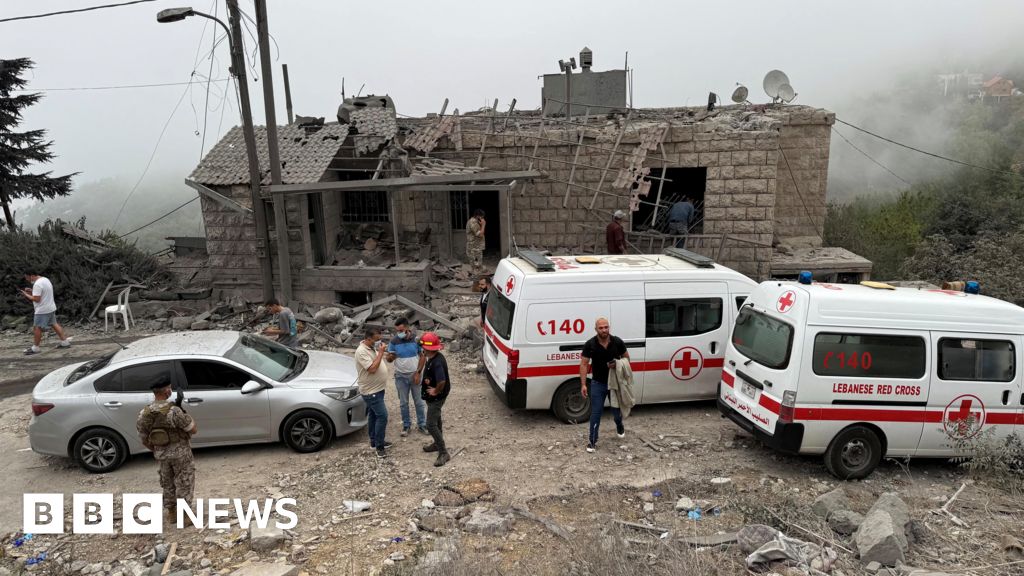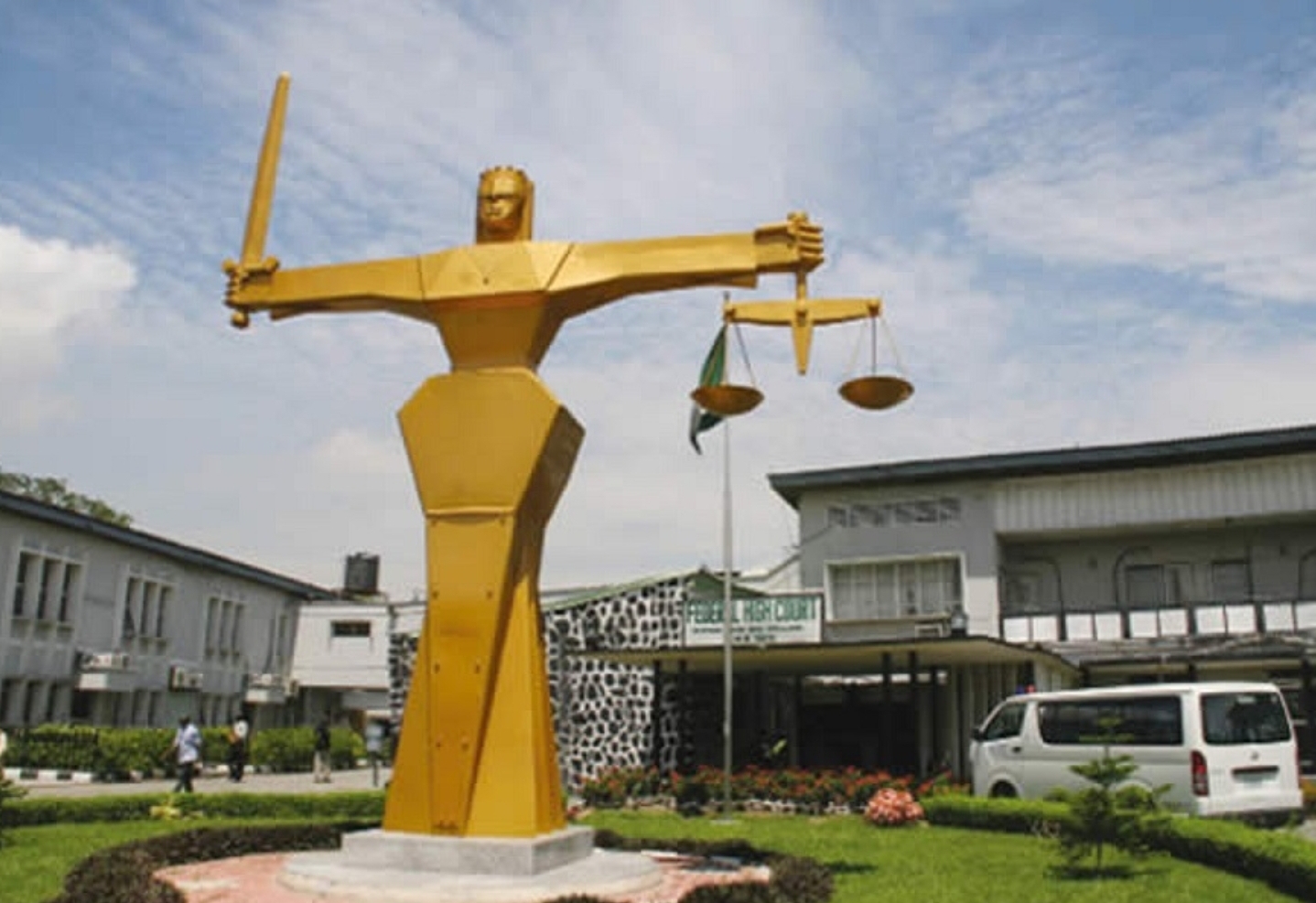Place your adverts here on InfoDig @ low rates; banner ads, sponsored links and guest articles etc. Contact us
Nigeria’s headline inflation rate in September 2024 rose to 32.70%, up from 32.15% in August 2024.
This is according to the National Bureau of Statistics (NBS) Consumer Price Index (CPI) report, which stated that inflation during the month was propelled by increases in transportation costs and food prices.
On a year-on-year basis, the rate was 5.98 points higher than the 26.72% recorded in September 2023, indicating a significant increase in inflation over the past year.
Also, on a month-on-month basis, the headline inflation rate in September 2024 was 2.52%, 0.30% higher than the 2.22% recorded in August 2024. This indicates that the average price level increased at a faster rate in September compared to August 2024.
The food inflation rate in September 2024 was 37.77% year-on-year, marking an increase of 7.13 percentage points from the 30.64% recorded in September 2023.
On a month-on-month basis, the food inflation rate in September 2024 stood at 2.64%, reflecting a 0.27% rise compared to the 2.37% recorded in August 2024.
This increase can be linked to the rising prices of items such as beer (local and foreign) in the tobacco class, vegetable oil, groundnut oil, and palm oil in the oil and fats class, as well as beef, gizzard, dried beef in the meat class, and products like Lipton, Milo, and Bournvita.
The average annual food inflation rate for the twelve months ending in September 2024 was 37.53%, a 11.88 %-point increase from the 25.65% recorded in September 2023.
Across Nigeria, some states experienced increases and others saw decreases in both all-item and food inflation.
Below is a list of states with the highest inflation rate in Nigeria in September 2024, according to data from the NBS:
Niger
Niger has the lowest all-item inflation rate on this list, but its food inflation rate remains relatively high. The all-item inflation rate slightly decreased from 35.41% in August to 35.2% in September, marking a reduction of 0.21%.
On the other hand, food inflation in the state saw a more pronounced decrease from 40.51% to 39.8%, reflecting a decline of 0.71%. These reductions indicate some relief in both overall prices and food costs, though the inflation levels remain relatively high.
However, the food inflation rate is higher than the all-item inflation, suggesting that the cost of living is being heavily influenced by rising food prices.
Yobe
Yobe’s food inflation rate is markedly higher than its all-item inflation rate, indicating that food prices are a substantial contributor to overall inflation. In Yobe, the all-item inflation rate increased from 35.43% in August to 36.2% in September, representing a 0.77% rise.
Food inflation similarly rose from 43.22% to 43.5%, marking a 0.28% increase. The slight uptick in both categories suggests ongoing inflationary pressure, with food prices continuing to be a significant factor in the rising cost of living.
Gombe
Gombe experienced a more noticeable increase in both its all-item and food inflation rates. The all-item inflation rate rose from 35.23% to 36.4%, showing a 1.17% increase.
Food inflation saw a smaller increase from 43.24% to 44.1%, reflecting a 0.86% rise. These increases indicate that both general and food-specific inflation are contributing to a higher cost of living in the state, with food prices rising at a slower pace compared to overall inflation.
Anambra
Anambra’s all-item inflation rate has risen significantly since August, and while its food inflation In Anambra, the all-item inflation rate saw a significant rise from 33.9% in August to 36.1% in September, indicating a 2.2% increase.
However, food inflation slightly decreased, falling from 40.09% to 39.8%, a 0.29% reduction. This suggests that while the overall cost of living is rising, food prices have begun to stabilize, possibly alleviating some inflationary pressure in the state.
Also, the smaller gap between the two rates suggests that both food and non-food items are contributing to the inflationary trend in Anambra.
Zamfara
Zamfara experienced a modest increase in both all-item and food inflation rates. The all-item inflation rate increased from 33.42% in August to 34.9% in September, showing a 1.48% rise.
Food inflation also increased from 37.77% to 39.4%, reflecting a 1.63% rise. These increases suggest that both food and non-food prices are contributing to the inflationary trend in the state.
Abia
In Abia, the all-item inflation rate increased from 34.41% to 35.0%, showing a 0.59% rise. Similarly, food inflation rose from 40.06% to 40.9%, marking a 0.84% increase. The parallel increases in both categories suggest that rising food prices are a key contributor to the overall inflation in Abia, making it more expensive to live in the state.
Jigawa
For Jigawa, the all-item inflation rate rose from 37.44% to 38.4%, marking a 0.96% increase. Food inflation also increased slightly, rising from 42.75% to 43.2%, reflecting a 0.45% increase.
This state shows a consistent trend where food inflation outpaces the all-item inflation rate, indicating that the cost of food is a primary driver of inflation in Jigawa.
Kebbi
Kebbi experienced a slight increase in its all-item inflation rate, which rose from 37.5% in August to 38.0% in September, a 0.5% increase. Food inflation also ticked up slightly, increasing from 40.81% to 41.2%, marking a 0.39% rise.
The smaller gap between the two rates suggests that while food prices are still a major contributor, non-food inflation is also playing a role. However, the rising cost of food remains a significant factor affecting the overall inflation rate.
Sokoto
Sokoto shows one of the most drastic differences between all-item inflation and food inflation rates.
- In Sokoto, the all-item inflation rate saw a substantial increase from 35.89% to 38.7%, marking a 2.81% rise.
- Food inflation also rose sharply, increasing from 46.98% to 50.5%, reflecting a 3.52% rise.
- These significant increases in both categories show that Sokoto is facing high inflationary pressure, with food prices playing a dominant role in driving up the overall cost of living.
Bauchi
Unlike other states, Bauchi’s food inflation rate is lower than its all-item inflation rate. However, it still maintained its lead as the most expensive state to live in Nigeria for the fifth time.
- Bauchi saw a decrease in its all-item inflation rate, dropping from 46.46% in August to 44.8% in September, reflecting a 1.66% decrease.
- However, food inflation rose from 33.9% to 36.1%, showing a 2.2% increase.
- This contrast between falling overall inflation and rising food inflation suggests that while the cost of non-food items may be decreasing, the increasing price of food is putting upward pressure on the cost of living in the state.














 English (US) ·
English (US) ·